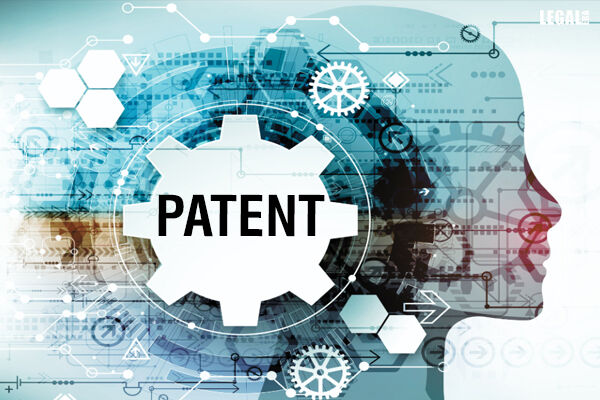
Element Biosciences alleges coercion of customers by Illumina in lawsuit
Patent disputes escalate between leading DNA sequencing companies
Life sciences innovator Element Biosciences has escalated its ongoing dispute with gene-sequencing leader Illumina by filing separate lawsuits in federal courts in California and Delaware. The complaints, lodged on Monday, allege that Illumina has engaged in anticompetitive conduct violating antitrust laws and has infringed upon Element’s key patents related to next-generation DNA sequencing technology.
Background of the Legal Dispute
Element Biosciences, headquartered in San Diego, contends that Illumina, also based in the same city, has monopolized the market for next-generation DNA sequencing (NGS) technologies—critical tools used to determine the chemical sequence of DNA molecules. The California lawsuit, filed in the Northern District Court, accuses Illumina of leveraging its dominant market position to stifle competition, artificially inflate prices for gene sequencing services, suppress innovation, and limit consumer choice.
In a separate case filed in Delaware, Element alleges that Illumina’s products infringe on patents held by Element, undermining the company’s intellectual property rights and innovation efforts.
Allegations and Claims
Element’s complaints assert that Illumina’s conduct has materially harmed Element and the broader scientific community. Specifically, Element claims that Illumina has pursued “long-standing anti-competitive and unlawful practices” to maintain its market dominance. According to the lawsuit, Element’s sequencing technology is capable of producing higher-quality data at a lower cost compared to Illumina’s platforms, yet Illumina has allegedly attempted to suppress this competitive threat.
The complaint further details at least one instance where Illumina reportedly pressured an Element customer into granting exclusivity through a combination of financial incentives and implicit threats, a tactic that Element characterizes as coercive and anticompetitive. Element seeks damages for lost sales, diminished market share, and reduced profits stemming from Illumina’s purported conduct.
Illumina’s Response
Illumina categorically denies all allegations made by Element Biosciences. In a formal statement released Monday, Illumina described Element’s claims as “without merit or basis in fact.” The company contended that Element is attempting to capitalize on Illumina’s substantial investments in research and development without providing appropriate compensation. Illumina had previously initiated a patent infringement lawsuit against Element in May, further intensifying the ongoing legal confrontation between the two companies.
Legal Representation and Case Details
Element Biosciences is represented by attorneys Kevin Johnson and David Bilsker from Quinn Emanuel Urquhart & Sullivan, a law firm known for its expertise in intellectual property and antitrust litigation. The two cases are officially recorded as:
- Element Biosciences v. Illumina, U.S. District Court, Northern District of California, Case No. 5:25-cv-08026
- Element Biosciences v. Illumina, U.S. District Court for the District of Delaware, Case No. 1:25-cv-01175-UNA
Industry Implications
This high-profile legal dispute underscores the intense competitive pressures and the critical importance of intellectual property rights within the rapidly evolving gene sequencing industry. The outcome could have significant ramifications for market dynamics, innovation trajectories, and pricing structures in the life sciences sector, especially for next-generation DNA sequencing technologies.
The litigation between Element Biosciences and Illumina marks a pivotal chapter in the ongoing battle for technological leadership and market share in the genomic sequencing space. As both companies continue to assert their claims and defences, the legal proceedings will be closely watched by stakeholders across the biotech industry, regulatory authorities, and the scientific research community.